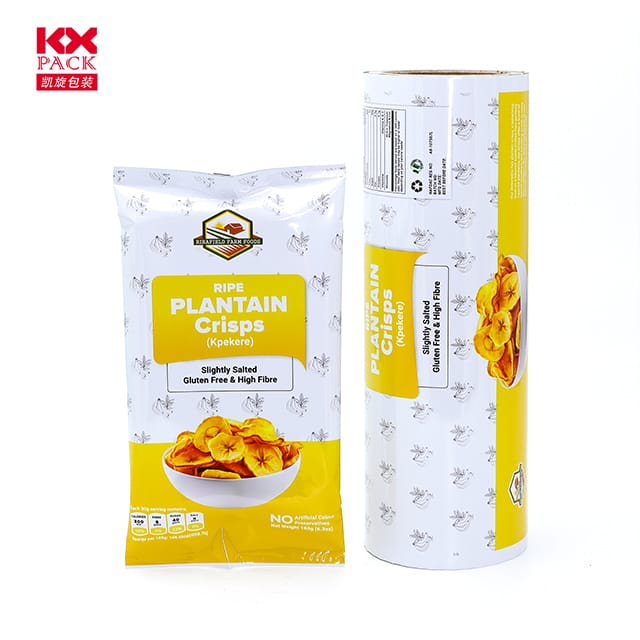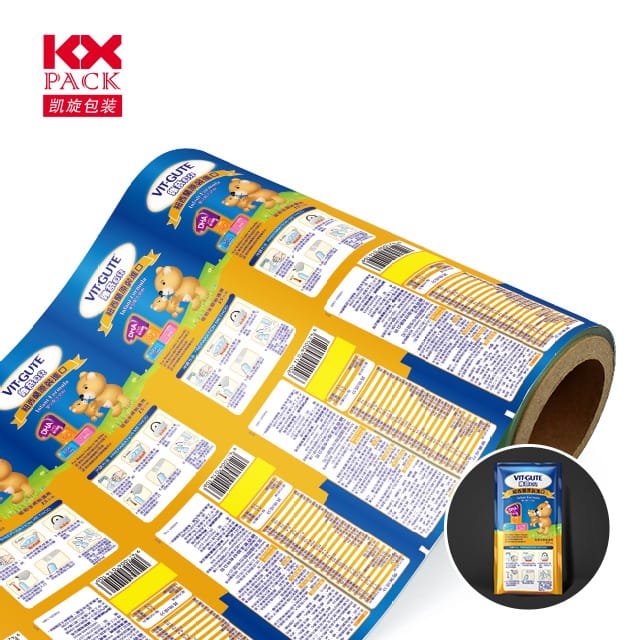प्लास्टिक फिल्म का विकास और प्रभाव: नवाचार से स्थिरता तक) 3) चुनौतियां
प्लास्टिक फिल्म
Plastic film, a versatile yet often underappreciated material, permeates modern life in countless ways. From packaging food and protecting crops to enhancing medical devices and insulating buildings, its lightweight durability and cost-effectiveness have made it indispensable. तथापि, पर्यावरणीय चिंताओं के रूप में माउंट, the plastic film industry faces a critical turning point: balancing innovation with sustainability.
A Multifaceted Marvel: Applications Across Industries
Plastic film’s adaptability stems from its composition—typically polyethylene (पी.ई), polypropylene (पीपी), or polyvinyl chloride (पीवीसी)—which can be tailored for specific uses:
- खाद्य डिब्बाबंदी: Stretch films, cling wraps, and vacuum-sealed pouches extend shelf life and reduce waste.
- Agriculture: Mulch films conserve water, suppress weeds, and boost crop yields by up to 30% in arid regions.
- स्वास्थ्य देखभाल: Sterile wraps for surgical instruments and blister packs for pharmaceuticals ensure safety and hygiene.
- निर्माण: Vapor barriers and shrink films protect buildings from moisture during construction.
The global plastic film market, पर मूल्यवान$160 अरब में 2023, is projected to grow at 4.5% annually, driven by emerging economies and e-commerce packaging demands.
पर्यावरणीय शंकु: दुधारी तलवार
Despite its utility, plastic film’s environmental footprint is undeniable:
- Waste Accumulation: Single-use plastic films, such as shopping bags and food wraps, account for20% समुद्री प्लास्टिक प्रदूषण की, entangling wildlife and microplastics infiltrating ecosystems.
- Recycling Hurdles: Thin, multi-layered films are difficult to sort and process, with recycling rates hovering around5–15% in developed nations.
- Microplastic Threat: Fragmented films release tiny particles into soil and water, posing risks to human health through the food chain.
Regulatory pressures, such as the EU’sSingle-Use Plastics Directive and China’s ban on non-degradable bags, are forcing industries to rethink plastic film’s role.
Pioneering Solutions for a Circular Future
To address these challenges, manufacturers and innovators are exploring sustainable alternatives:
- बायोडिग्रेडेबल और कम्पोस्टेबल फिल्में:
- Materials like PLA (पोलीलैक्टिक एसिड), derived from corn starch, and PBAT (polybutylene adipate terephthalate) offer eco-friendly options. ब्रांड की तरहNatureWorks औरBASF are scaling production.
- केस स्टडी: A UK supermarket chain replaced conventional bags with compostable PLA films, reducing plastic waste by 40%.
- उन्नत रीसाइक्लिंग प्रौद्योगिकियां:
- Chemical recycling breaks down mixed plastics into raw materials, enabling closed-loop systems.
- Mechanical recycling upgrades post-consumer films into pallet wraps or construction materials.
- Reusable and Thinner Alternatives:
- High-barrier, recyclable mono-material films (उदा।, PE-only packaging) simplify recycling.
- नवाचारों की तरहedible seaweed-based coatings for fresh produce could eliminate single-use wraps entirely.
Industry Collaboration and Policy Drivers
Governments and corporations are aligning to accelerate change:
- Extended Producer Responsibility (स्वामी) schemes in the EU and U.S. mandate brands to fund recycling infrastructure.
- Corporate Commitments: Unilever, Nestlé, and Walmart aim to use 100% recyclable or reusable packaging by 2025, driving demand for sustainable films.
- Agricultural Innovations: Biodegradable mulch films, tested in India and the U.S., decompose within 180 दिन, reducing soil contamination.
आगे की सड़क: Balancing Progress and Planet
The future of plastic film hinges on three pillars:
- सामग्री नवाचार: Scaling bio-based and recyclable alternatives without compromising performance.
- परिपत्र डिजाइन: Prioritizing reusability, recyclability, and compostability in product development.
- उपभोक्ता नियुक्ति: Educating the public on proper disposal and advocating for reuse systems.
As technologies mature and policies tighten, plastic film could transition from a symbol of environmental harm to a beacon of sustainable innovation. The challenge lies not in abandoning this versatile material, but in reimagining its lifecycle—from linear waste to circular resource.
सूत्रों का कहना है: Smithers Pira, Ellen MacArthur Foundation, Industry Reports 2024
निष्कर्ष: Plastic film, once a hallmark of convenience, now stands at a crossroads. By embracing innovation, collaboration, और पर्यावरणीय नेतृत्व, the industry can safeguard both human needs and the planet’s future. The journey has begun—will we rise to the challenge?







